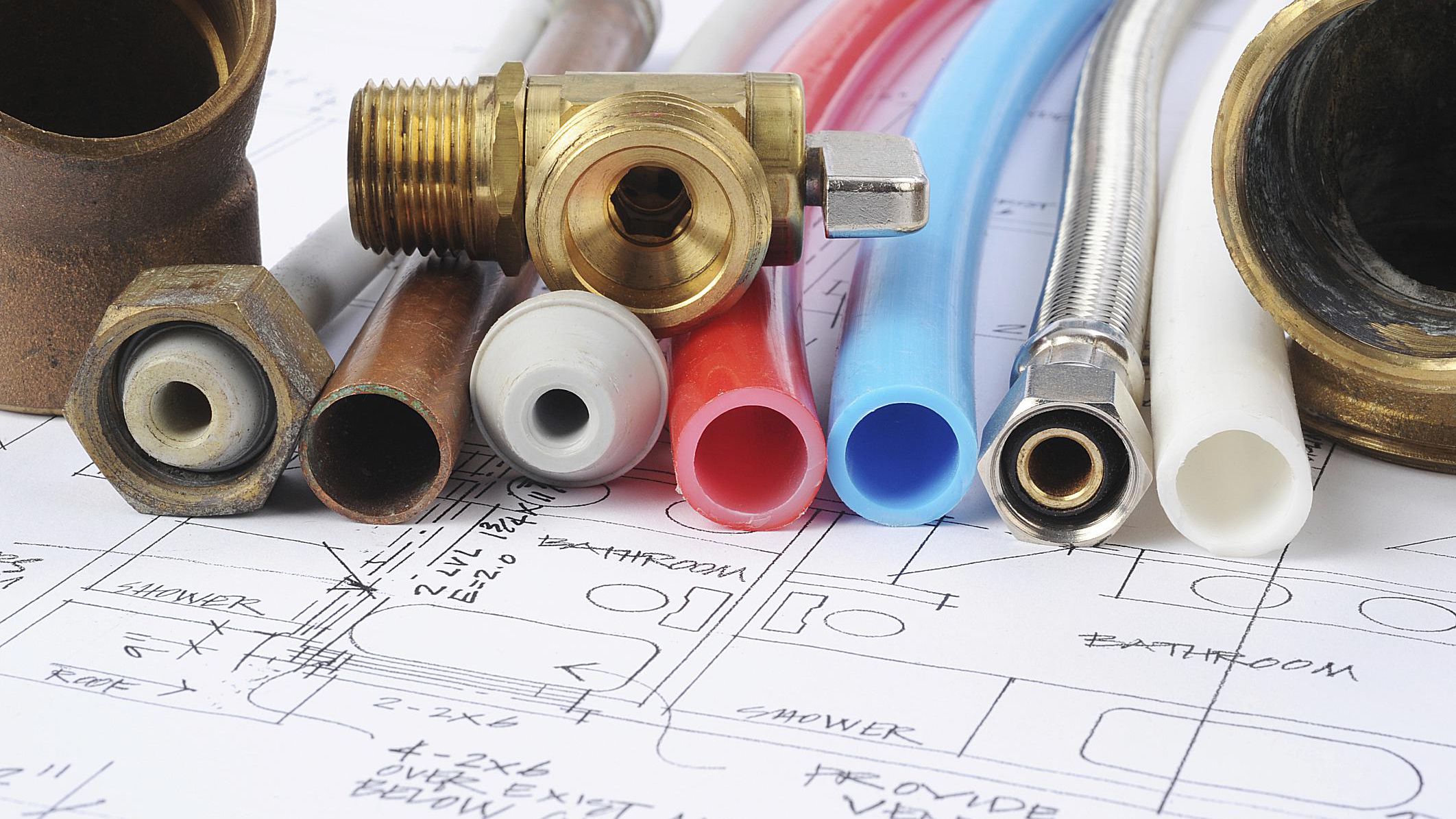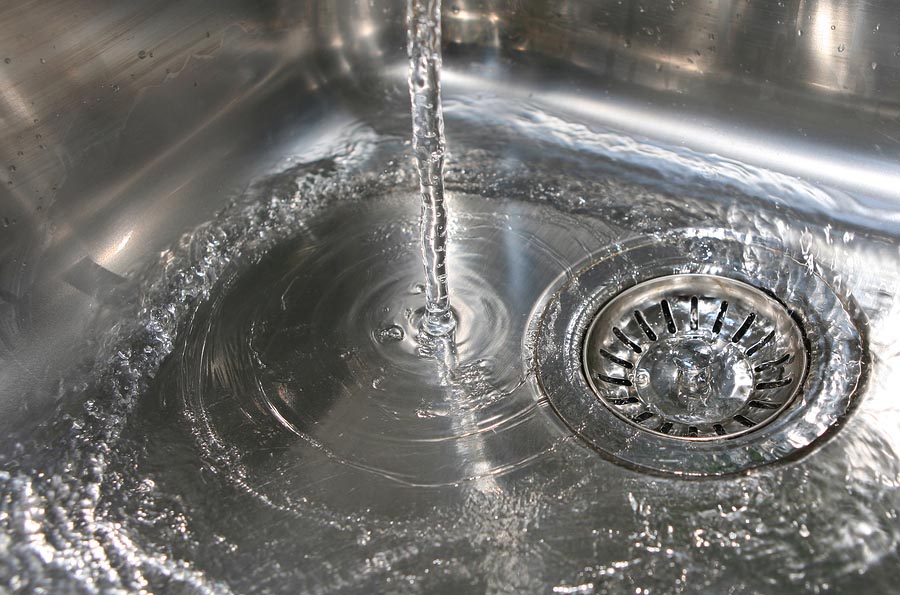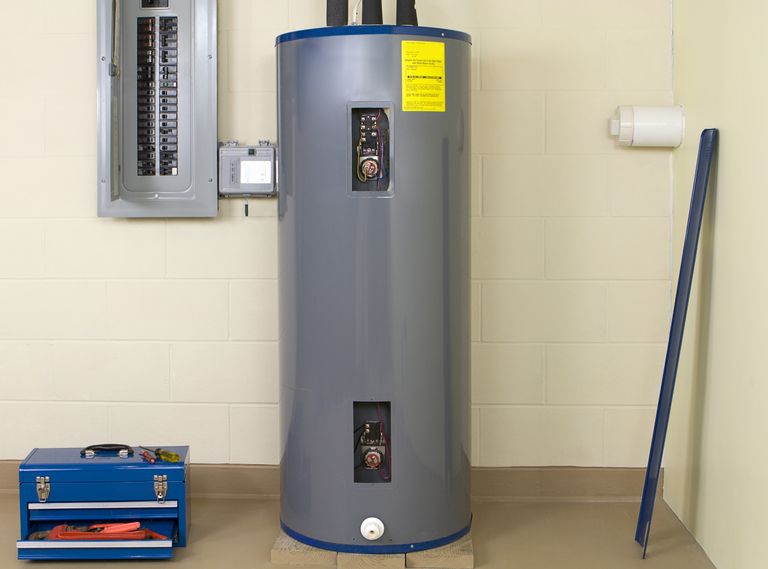Choosing The Right Plumbing Pipe Type
Have a leaky pipe in your home or building? In many cases the biggest challenge with fixing a leak is ensuring the right type of piping is used. This ensures optimal water pressure without backlog or steady drips. The wrong selection, especially if left neglected, can cause a plethora of challenges over time, including cost.
The ideal selection of pipe and size to be used for a plumbing service or installation is contingent on it’s application. In this article we’ll discuss the most commonly used piping, its ideal application, and when not to use them.

Copper Plumbing Pipe
This is one of the most commonly used category of plumbing pipe in lieu of it’s reliability. They’re incredibly durable, resist corrosion over an extended duration, are easily manageable, and are suitable for both a hot and cold water line. With the right connectors they fit snug and typically don’t leak unless there’s a larger problem. They’re also pollution-free, have a long life span, and are 100% recyclable.
With the extended list of benefits copper plumbing pipe provides comes at a cost. It can cost as much as $300 for approximately 100 feet of pipe, making this an expensive selection. The connectors used for copper plumbing also must be soldered together, requiring an experienced plumber. Even more importantly: in the early 1950’s lead-based solder was used to seal copper piping, which has several health risk factors. If you have an old home and are unsure whether your copper plumbing was soldered using lead, contact a professional for an assessment.

Galvanized Steel Pipes
Galvanized pipe is no longer used as frequently in modern plumbing solutions despite their strength. These pipes make for simple assembly, with each length threaded and screwed into each other using connectors.
The biggest challenge with galvanized steel pipe assembly is their weight—a full length (21 feet) of 2-inch galvanized weights approximately 76 pounds. This makes it difficult to work with an often required the assistance of more than one plumber. An internal zinc coating also results in eventual internal rusting. Water pressure can also be reduced overtime in lieu of clogging.
With prolonged usage, the pipes will become corroded and lead will contaminate the water supply. Check for water discoloration to ensure this isn’t happening to your plumbing infrastructure.
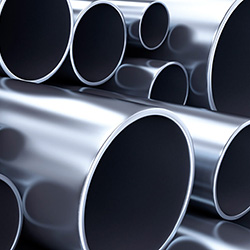
Cast Iron Pipes
The smallest size of cast-iron pipe available is 4-inches, and is mostly only found in old homes (until it’s rusted through completely) and sewer lines. The joints come threaded at a more expensive cost, but are commonly bell-and spigot. It also weights as much as 13 pounds-per-foot, and requires a tremendous amount of support as the joint is being assembled. These selections are typically used for larger projects.
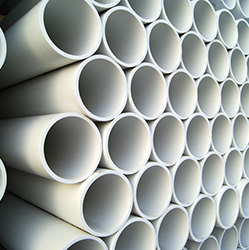
Polyvinyl Chloride (PVC) Plastic Pipes
Plastic piping is becoming more popular and is frequently used for many DIYers. Plastic pipe is lighter than steel, is much easier to work with, and typically comes at a much lesser cost. PVC varies in size based on it’s application, but is great for the installation of fixtures such as toilets, drain lines, sinks, and ventilation stacks.
Although PVC is a viable solution for many projects, it is only suited for cold water—heat causes it to warp from frequent contracting and constricting.
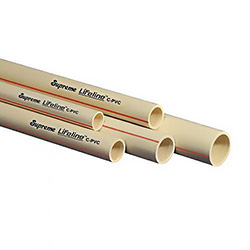
Chlorinated Polyvinyl Chloride (CPVC) Plastic Pipes
CPVC is a thermoplastic produced material that is capable of handling much higher pressure and water temperature than it’s PVC counterpart. It is commonly used in modern hot & cold water delivery solutions in residential & commercial buildings, and for industrial liquid distribution. They also contain additional chlorine, making it a safe solution for potable water supply.
The major downside once CPVC is used, it cannot be recycled. It will also begin to split if frozen.

Cross-Linked Polyethylene (PEX) Pipes
This is the most popular plumbing category for water supply for several DIYers and plumbing experts. Extremely flexible, lightweight, and color-coded for convenience, this makes any plumbing project much easier to complete. Since it requires minimal maintenance, it’s also easy to install and leak-free if set-up correctly. One piece can be used to span across an entire household, making it much easier to fish through walls.
The material cost for this equipment is high, but is compensated by the lack of ongoing maintenance required. Just keep PEX Piping away from the sun—UV rays can damage the material composite.
What Type of Plumbing Pipe Should I Use?
The simplest answer is that it depends on it’s application. The transition towards plastic is becoming more popular in modern plumbing installation, but even thy have their restrictions. Talk to a plumbing expert to determine the best approach for your next project.


